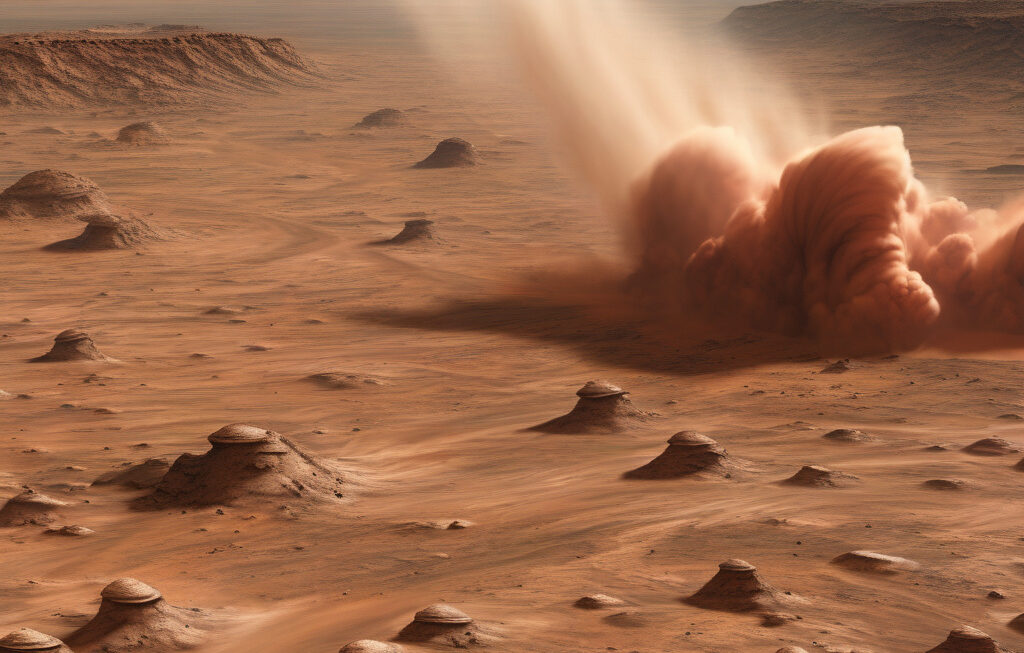Chinese Scientists Revolutionize Moon Missions: Turning Moon Dust into Fuel
In a groundbreaking development that could redefine the future of space exploration, Chinese scientists have unveiled a new photothermal process that enables the conversion of Moon dust into fuel. This innovative method has the potential to revolutionize Moon missions by providing a sustainable source of fuel derived from local resources, reducing the reliance on Earth-bound supplies and opening up new possibilities for deep-space exploration.
The concept of utilizing resources found on celestial bodies for space travel is not new. With the increasing interest in lunar exploration and the prospect of establishing a sustainable human presence on the Moon, finding ways to extract valuable resources from the lunar surface has become a key area of research. One of the most critical resources for any space mission is fuel, which is essential for powering spacecraft and facilitating orbital maneuvers.
The new photothermal process developed by Chinese scientists offers a novel approach to addressing this challenge. By leveraging the abundant and easily accessible Moon dust, also known as regolith, the process can convert this seemingly inert material into a usable form of fuel. This not only reduces the need to transport large quantities of fuel from Earth to the Moon but also minimizes the environmental impact of space missions by utilizing local resources.
One of the key advantages of this new method is its reliance on photothermal energy, which harnesses sunlight to drive chemical reactions that transform the regolith into fuel. This sustainable approach not only reduces the energy requirements of the process but also leverages the abundant solar resources available on the lunar surface. By using sunlight as a primary energy source, the process is not only efficient but also environmentally friendly, aligning with the principles of sustainable space exploration.
The implications of this breakthrough are far-reaching. Beyond the immediate benefits for lunar missions, such as enabling longer stays on the Moon and supporting the establishment of lunar bases, the ability to produce fuel from local resources has significant implications for future deep-space exploration. By demonstrating the feasibility of in-situ resource utilization on the Moon, this new method paves the way for similar approaches to be applied on Mars, asteroids, and other celestial bodies, reducing the cost and complexity of long-duration space missions.
Moreover, the development of this technology underscores the importance of international collaboration in advancing space exploration. While the Chinese scientists have taken a leading role in developing this innovative process, the implications of their work extend far beyond national borders. By sharing their findings and collaborating with the global space community, they are contributing to a collective effort to expand humanity’s presence in the cosmos and unlock the potential of space resources for the benefit of all.
As we look to the future of space exploration, innovations like the new photothermal process for converting Moon dust into fuel represent a significant step forward in our quest to explore and inhabit the solar system. By harnessing the power of local resources and sustainable technologies, we are not only advancing the frontiers of human knowledge but also laying the groundwork for a future where space travel is accessible, affordable, and environmentally conscious.
In conclusion, the development of this new method by Chinese scientists holds immense promise for the future of space exploration, offering a glimpse of a new era where the resources of the cosmos are within our reach. By turning Moon dust into fuel, we are not just propelling spacecraft; we are propelling humanity towards a future where the stars are no longer out of reach.
Moon Dust, Fuel, Space Exploration, Sustainable Technology, Lunar Missions












